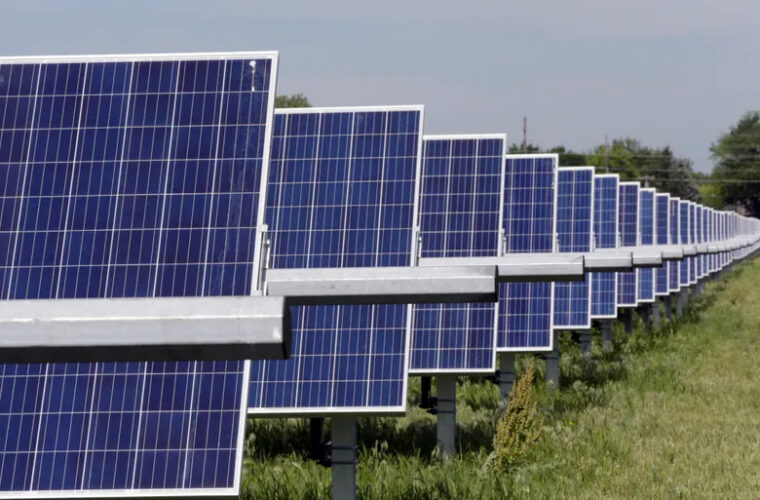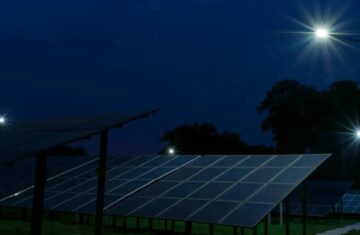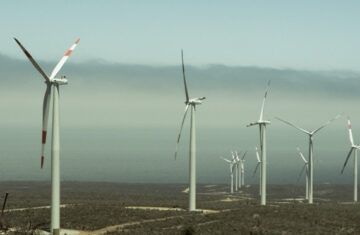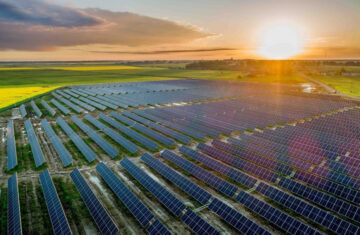As an attorney representing Knox County and a group of landowners in Lancaster County, I have frequently voiced opposition to new wind and solar energy projects across Nebraska. My concerns span various counties, including Cass, Knox, Lancaster, Saunders, and York, primarily focusing on the economic implications of these initiatives.
My opposition is rooted in economic realities rather than environmental ideologies. A notable statement from an Amish farmer opposing a rejected solar project in Knox County resonates with my viewpoint: “I don’t think it is a good idea to build a business based on a fad.” This reflects a growing skepticism about the sustainability and long-term viability of renewable energy projects.
The financial viability of wind and solar initiatives often hinges on federal income tax credits, which have become a cornerstone for developers. According to projections from Goldman Sachs, the U.S. government is expected to allocate approximately $1.2 trillion in federal payments to renewable energy projects through 2032. Critics argue that this financial support is less about saving the planet and more about corporate profit, with many proponents engaging in “virtue signaling” to showcase their commitment to environmental causes.
Skepticism also extends to the theories surrounding catastrophic anthropogenic global warming. Many believe that the models predicting dire climate scenarios are based on flawed data and financial interests that bias the outcomes. This skepticism raises questions about the justification for massive investments in renewable energy infrastructure.
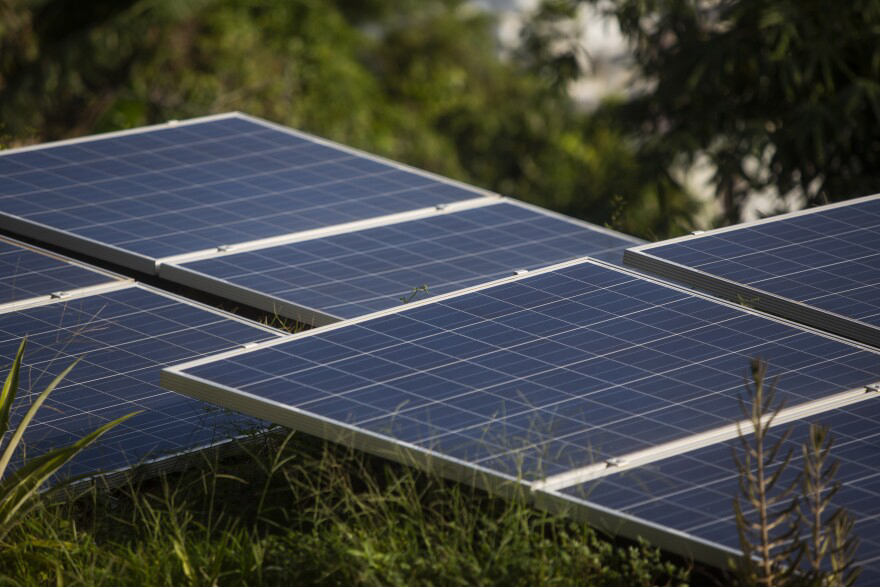
Nebraska possesses natural advantages primarily in agricultural production, contrasting significantly with states like Oklahoma and Texas, which excel in oil and gas production. This trade of agricultural goods for fossil fuels has historically contributed to the wealth of the United States. Governor Jim Pillen recognizes the importance of preserving Nebraska’s farmland, opposing solar projects that encroach on productive agricultural land.
While participating landowners may receive cash rents three to five times higher than traditional farming income, many reject these offers, valuing their land and community over financial gain. The emotional toll of such decisions is evident; I witnessed neighbors at odds in Cass County, with one woman moved to tears during a legislative hearing over the loss of farmland.
The national debt, currently standing at $37 trillion, complicates the financial landscape further. Every dollar spent on approved wind, solar, and battery projects is supplemented by federal funding, which ultimately burdens taxpayers, including landowners benefiting from renewable energy projects.
Moreover, there is evidence that the integration of wind and solar into the electric grid correlates with rising electricity prices. For example, Germany, which sources over 50% of its electricity from renewables, experiences electricity costs three to four times higher than the U.S. average, contributing to a decline in its industrial sector.
The essential challenge lies in the intermittent nature of solar and wind energy, which contrasts sharply with the constant demand for electricity. Nebraska’s public power districts are mandated to provide reliable power, typically achievable only through dispatchable energy sources. Economic studies from the Center of the American Experiment indicate that net-zero policies in Minnesota and Wisconsin could lead to tripled electric rates and potential forced blackouts during winter.
The ongoing debate over wind and solar energy projects in Nebraska centers on economic sustainability and reliability. As the state navigates its energy future, it is crucial to critically evaluate the long-term implications of renewable energy investments against the backdrop of economic realities and community values. The path forward should prioritize not only environmental considerations but also the economic health and stability of Nebraska’s communities.
